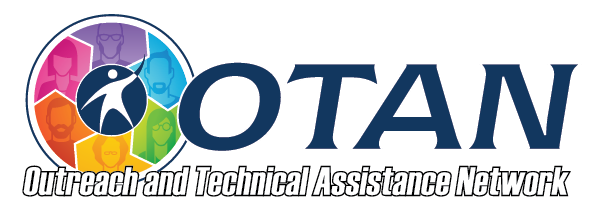Search
Famous Trials: Trial of the Lincoln Assassination Conspirators
Details
Activity Description
In this activity, students research text, pictures, and comments about the assassination of Abraham Lincoln in preparation for a mock trial simulating the real one that followed the assassination in 1865. This site, which is about the assassination of President Lincoln, was created by the American history teacher, Roger Norton. He used this site to do mock trials with his students simulating the real one that followed the assassination in 1865.
Preparation
- Make sure that the site is not blocked at your school and that the resources can be viewed.
- Review the site and the available resources. There are texts, pictures, and comments available
- Choose which characters should be part of the trial. This may vary according to the number of students willing to participate. You need to have at least a student to be the judge and a few students to be the accused. There were eight people charged, lawyers, and witnesses, so it would become more interesting if you could have more students involved.
Teacher Tips
The best place to find information about the trial inside the site is http://law2.umkc.edu/faculty/projects/ftrials/lincolnconspiracy/lincolnconspiracy.html
More Ways
The trial transcripts can be found at http://law2.umkc.edu/faculty/projects/ftrials/lincolnconspiracy/transcript-sh.html
Program Areas
- ASE: High School Diploma

